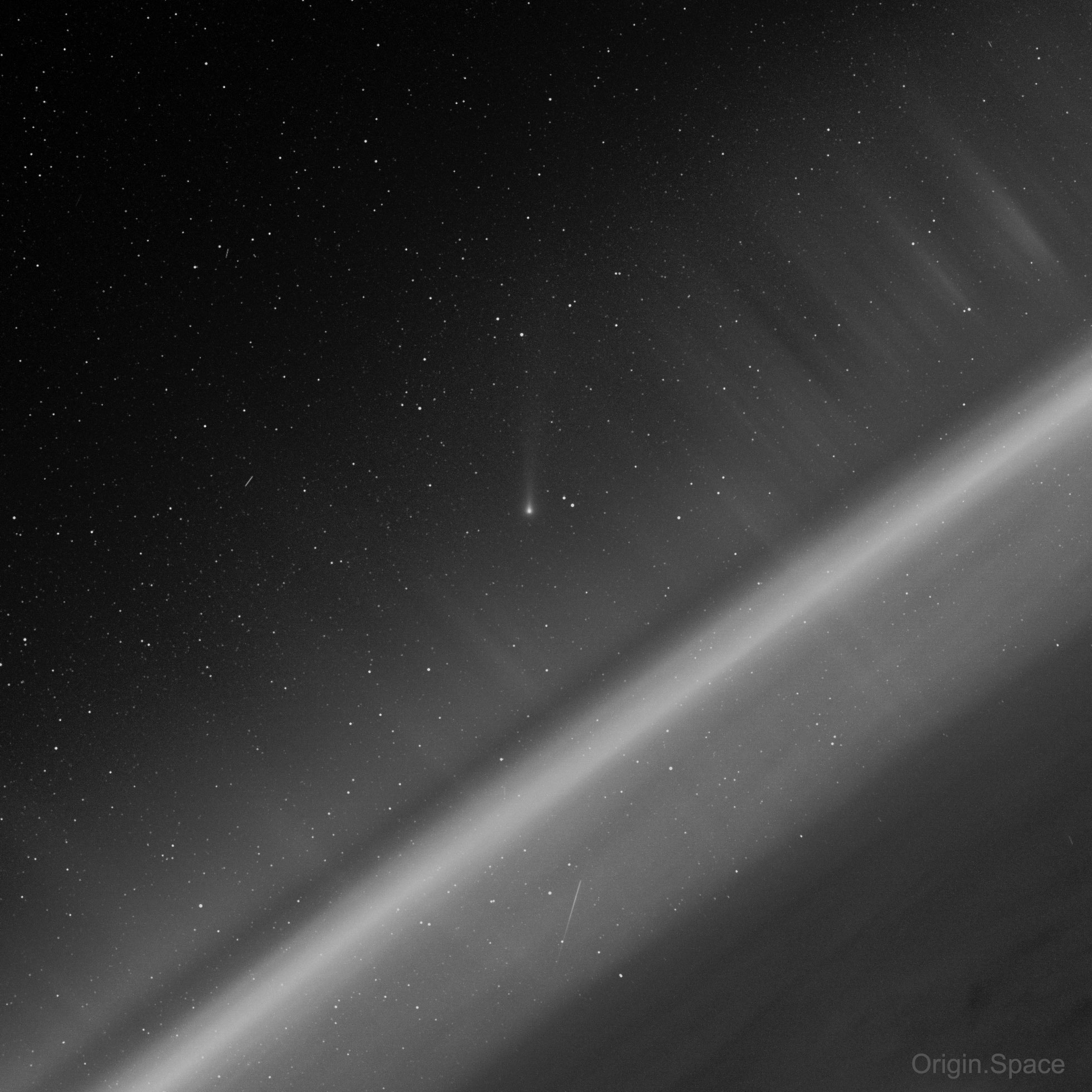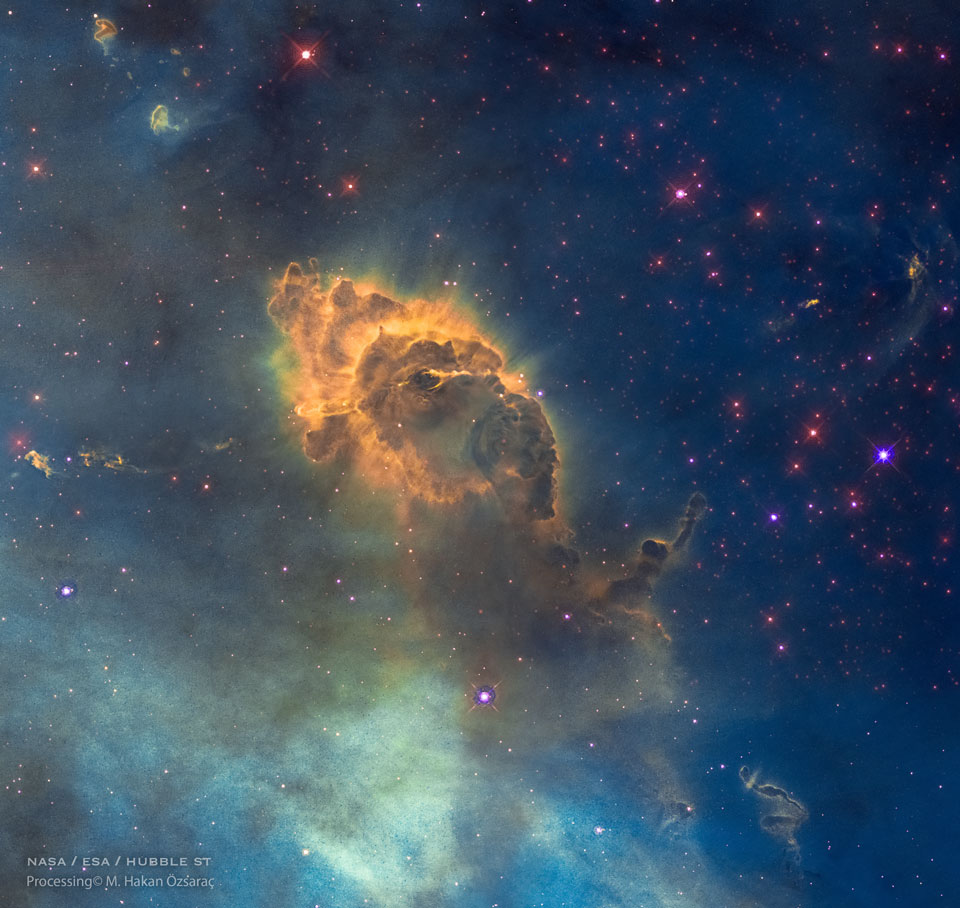Blog
Ludwig van Beethoven (/ˈlʊdvɪɡ væn ˈbeɪtoʊvən/ (![]() listen), German: [ˈluːtvɪç fan ˈbeːtˌhoːfn̩] (
listen), German: [ˈluːtvɪç fan ˈbeːtˌhoːfn̩] (![]() listen); baptised 17 December 1770 – 26 March 1827) was a German composer and pianist. Beethoven remains one of the most admired composers in the history of Western music; his works rank amongst the most performed of the classical music repertoire and span the transition from the Classical period to the Romantic era in classical music. His career has conventionally been divided into early, middle, and late periods. The “early” period, during which he forged his craft, is typically considered to have lasted until 1802. From 1802 to around 1812, his “middle” period showed an individual development from the “classical” styles of Joseph Haydn and Wolfgang Amadeus Mozart, and is sometimes characterized as “heroic”. During this time, he began to suffer increasingly from deafness. In his “late” period from 1812 to his death in 1827, he extended his innovations in musical form and expression.
listen); baptised 17 December 1770 – 26 March 1827) was a German composer and pianist. Beethoven remains one of the most admired composers in the history of Western music; his works rank amongst the most performed of the classical music repertoire and span the transition from the Classical period to the Romantic era in classical music. His career has conventionally been divided into early, middle, and late periods. The “early” period, during which he forged his craft, is typically considered to have lasted until 1802. From 1802 to around 1812, his “middle” period showed an individual development from the “classical” styles of Joseph Haydn and Wolfgang Amadeus Mozart, and is sometimes characterized as “heroic”. During this time, he began to suffer increasingly from deafness. In his “late” period from 1812 to his death in 1827, he extended his innovations in musical form and expression.
Born in Bonn, Beethoven’s musical talent was obvious at an early age, and he was initially harshly and intensively taught by his father Johann van Beethoven. Beethoven was later taught by the composer and conductor Christian Gottlob Neefe, under whose tutelage he published his first work, a set of keyboard variations, in 1783. He found relief from a dysfunctional home life with the family of Helene von Breuning, whose children he loved, befriended, and taught piano. At age 21, he moved to Vienna, which subsequently became his base, and studied composition with Haydn. Beethoven then gained a reputation as a virtuoso pianist, and he was soon patronized by Karl Alois, Prince Lichnowsky for compositions, which resulted in his three Opus 1 piano trios (the earliest works to which he accorded an opus number) in 1795.
His first major orchestral work, the First Symphony, premiered in 1800, and his first set of string quartets was published in 1801. Despite his hearing deteriorating during this period, he continued to conduct, premiering his Third and Fifth Symphonies in 1804 and 1808, respectively. His Violin Concerto appeared in 1806. His last piano concerto (No. 5, Op. 73, known as the ‘Emperor’), dedicated to his frequent patron Archduke Rudolf of Austria, was premiered in 1811, without Beethoven as soloist. He was almost completely deaf by 1814, and he then gave up performing and appearing in public. He described his problems with health and his unfulfilled personal life in two letters, his “Heiligenstadt Testament” (1802) to his brothers and his unsent love letter to an unknown “Immortal Beloved” (1812).
After 1810, increasingly less socially involved, Beethoven composed many of his most admired works, including later symphonies, mature chamber music and the late piano sonatas. His only opera, Fidelio, first performed in 1805, was revised to its final version in 1814. He composed Missa solemnis between 1819 and 1823 and his final Symphony, No. 9, one of the first examples of a choral symphony, between 1822 and 1824. Written in his last years, his late string quartets, including the Grosse Fuge, of 1825–1826 are among his final achievements. After some months of bedridden illness, he died in 1827. Beethoven’s works remain mainstays of the classical music repertoire.
more...Curtis DuBois Fuller (December 15, 1932 – May 8, 2021) was an American jazz trombonist. He was a member of Art Blakey‘s Jazz Messengersand contributed to many classic jazz recordings.
Fuller was born in Detroit on December 15, 1932. His father had emigrated from Jamaica and worked in a Ford automobile factory, but he died from tuberculosis before his son was born. His mother, who had moved north from Atlanta, died when he was 9. He spent several years in an orphanage run by Jesuits. He developed a passion for jazz after one of the nuns there brought him to see Illinois Jacquet and his band perform, with J. J. Johnson on trombone.
more...Today’s featured image from Origin.Space‘s Yangwang-1 space telescope shows not only the currently bright comet — but several other space delights as well. Taken in optical and ultraviolet light, C/2021 A1 (Leonard) is visible with an extended tail near the image center as it appeared five days ago. The Earth is visible on the lower right, while layers of the Earth’s atmosphereglow diagonally from the lower left to the upper right. The trails of two satellites can be seen in front of a myriad of distant stars that dot the background on the upper left. The faint bands of light running diagonally from the lower right to the upper left are auroras. Finally, the image also caught a meteor streaking just below the airglow. To see Comet Leonard yourself from the Earth’s surface during the next few days, look toward the western horizon just after sunset or just before sunrise.

more...
Eddie Palmieri (born December 15, 1936) is an American Grammy Award-winning pianist, bandleader, musician, and composer of Puerto Rican ancestry. He is the founder of the bands La Perfecta, La Perfecta II, and Harlem River Drive.
Palmieri’s parents moved to New York from Ponce, Puerto Rico, in 1926, and settled in the South Bronx, a largely Jewish neighborhood. There, he and his elder brother, Charlie Palmieri, were born. He accompanied Charlie and participated in many talent contests when he was eight years old.
Palmieri continued his education in the city’s public school system where he was constantly exposed to music, specifically jazz. He took piano lessons and performed at Carnegie Hall when he was 11 years old. His main influences were Thelonious Monk and McCoy Tyner. Inspired by his older brother, he was determined to someday form his own band – something he achieved in 1950, when he was fourteen years old. During the 1950s, Palmieri played in various bands, including Tito Rodríguez‘s
more...
Barry Doyle Harris (December 15, 1929 – December 8, 2021) was an American jazz pianist, bandleader, composer, arranger, and educator. He was an exponent of the bebop style.
Harris was born in Detroit, Michigan on December 15, 1929. Harris began learning the piano at the age of four. His mother, a church pianist, asked him if he was interested in playing church music or jazz. Having picked the latter, he was influenced by Thelonious Monk and Bud Powell. In his teens, he learned bebop largely by ear, imitating solos by Powell. He described Powell’s style as being the “epitome” of jazz. He performed for dances in clubs and ballrooms. He was based in Detroit through the 1950s and worked with Miles Davis, Sonny Stitt, and Thad Jones, and substituted for Junior Mance in the Gene Ammons band. In 1956, he toured briefly with Max Roach, after Richie Powell, the band’s pianist and younger brother of Bud Powell, died in a car crash.
more...Edwin LeMar “Buddy” Cole (December 15, 1916 – November 5, 1964), was a jazz pianist, organist, orchestra leader, and composer. He played behind a number of pop singers, including Rosemary Clooney and Bing Crosby.Cole was born in Irving, Illinois, on December 15, 1916. He started his musical career in the theater, playing between movies. He was recruited to be part of Gil Evans‘s band at the age of 19.In Hollywood in the second half of the 1930s Cole played in dance bands, including those led by Alvino Rey and Frankie Trumbauer. He married Yvonne King, member of the King Sisters, in 1940. From the 1940s, his main work was as a studio musician, utilising piano, electric organ, celeste, harpsichord and Novachord.
In his capacity as a studio musician, Cole worked with Henry Mancini, who used his Hammond organ sound for the sound track to the TV series “Mr. Lucky“. Cole also recorded several organ albums for Warner Brothers, Columbia, Alshire and Doric.
Cole performed on Bing Crosby‘s hits “In a Little Spanish Town” and “Ol’ Man River“, and on the albums Some Fine Old Chestnuts and New Tricks. Cole also played on Rosemary Clooney‘s radio program; some recordings from the show were released on the album Swing Around Rosie.
Cole played most of the piano parts in the 1951 film Young Man with a Horn, subbing for Hoagy Carmichael, who appeared on screen. Cole also wrote the music for the television game show Truth or Consequences. He died in Hollywood on November 5, 1964
more...the Hubble Space Telescope captures a cosmic pillar of dust, over two-light years long, inside of which is Herbig-Haro 666 — a young star emitting powerful jets. The structure lies within one of our galaxy’s largest star forming regions, the Carina Nebula, shining in southern skies at a distance of about 7,500 light-years. The pillar‘s layered outline are shaped by the winds and radiation of Carina’s young, hot, massive stars, some of which are still forming inside the nebula. A dust-penetrating view in infrared light better shows the two, narrow, energetic jets blasting outward from a still hidden infant star.

Christopher William Parkening (born December 14, 1947) is an American classical guitarist. He holds the Chair of Classical Guitar at Pepperdine University under the title Distinguished Professor of Music.
Parkening was born in Los Angeles, California. His cousin Jack Marshall, a studio musician active in the 1960s, introduced Parkening to the recordings of Andrés Segovia when he was 11 and encouraged his classical guitar studies. By the age of 19 he had embarked on a professional career of regular touring and recording.
Segovia has stated that, “Christopher Parkening is a great artist—-he is one of the most brilliant guitarists in the world.” The Washington Post stated, Christopher Parkening is “the leading guitar virtuoso of our day, combining profound musical insight with complete technical mastery of his instrument.”
more...Phineas Newborn Jr. (December 14, 1931 – May 26, 1989) was an American jazz pianist, whose principal influences were Art Tatum, Oscar Peterson, and Bud Powell.
Newborn was born in Whiteville, Tennessee, and came from a musical family: his father, Phineas Newborn Sr., was a drummer in blues bands,and his younger brother, Calvin, a jazz guitarist. He studied piano as well as trumpet, and tenor and baritone saxophone. Before moving on to work with Lionel Hampton, Charles Mingus, and others, Newborn first played in an R&B band led by his father on drums, with his brother Calvin on guitar, Tuff Green on bass, Ben Branch and future Hi Records star Willie Mitchell. The group was the house band at the now famous Plantation Inn Club in West Memphis, Arkansas, from 1947 to 1951, and recorded as B. B. King‘s band on his first recordings in 1949, as well as the Sun Records sessions in 1950. They left West Memphis in 1951 to tour with Jackie Brenston as the “Delta Cats” in support of the record “Rocket 88“, recorded by Sam Phillips and considered by many to be the first ever rock & roll record (it was the first Billboard No. 1 record for Chess Records).
more...Cecil Payne (December 14, 1922 – November 27, 2007) was an American jazz baritone saxophonist born in Brooklyn, New York. Payne also played the alto saxophone and flute. He played with other prominent jazz musicians, in particular Dizzy Gillespie and Randy Weston, in addition to his solo work as bandleader.
Payne received his first saxophone aged 13, asking his father for the instrument after hearing “Honeysuckle Rose” performed by Count Basie with Lester Young soloing. Payne took lessons from a local alto sax player, Pete Brown. He studied at Boys High School, Bedford-Stuyvesant
more...Clark Virgil Terry Jr. (December 14, 1920 – February 21, 2015) was an American swing and bebop trumpeter, a pioneer of the flugelhorn in jazz, and a composer and educator.
He played with Charlie Barnet (1947), Count Basie (1948–51), Duke Ellington (1951–59), Quincy Jones (1960), and Oscar Peterson (1964–96). He was with The Tonight Show Band on The Tonight Show from 1962 to 1972. His career in jazz spanned more than 70 years, during which he became one of the most recorded jazz musicians, appearing on over 900 recordings. Terry also mentored Quincy Jones, Miles Davis, Herbie Hancock, Wynton Marsalis, Pat Metheny, Dianne Reeves, and Terri Lyne Carrington.
Terry was born to Clark Virgil Terry Sr. and Mary Terry in St. Louis, Missouri, on December 14, 1920. He attended Vashon High School and began his professional career in the early 1940s, playing in local clubs. He served as a bandsman in the United States Navy during World War II. His first instrument was valve trombone.
more...https://www.youtube.com/watch?v=Tkfkun__n-0
more...the NASA/ESA Hubble Space Telescope captures a side-on view of NGC 3568, a barred spiral galaxy roughly 57 million light-years from the Milky Way in the constellation Centaurus. In 2014 the light from a supernova explosion in NGC 3568 reached Earth — a sudden flare of light caused by the titanic explosion accompanying the death of a massive star. Whilst most astronomical discoveries are the work of teams of professional astronomers, this supernova was discovered by amateur astronomers from the Backyard Observatory Supernova Search in New Zealand. Dedicated amateur astronomers often make intriguing discoveries — particularly of fleeting astronomical phenomena such as supernovae. This Hubble observation comes from a hoard of data built up to pave the way for future science with the upcoming NASA/ESA/CSA James Webb Space Telescope. By combining ground-based observations with data from Hubble’s Advanced Camera for Surveys and Wide Field Camera 3, astronomers have built a treasure trove of data on the connections between young stars and the clouds of cold gas in which they form. One of Webb’s key science goals is to explore the life cycle of stars — particularly how and where stars are born. Since Webb observes at infrared wavelengths, it will be able to peer through the clouds of gas and dust in stellar nurseries and observe the fledgling stars within. Webb’s superb sensitivity will even allow astronomers to directly investigate faint protostellar cores — the earliest stages of star birth.

more...
Judge Kenneth Peterson (December 13, 1964 – May 17, 2020), known professionally as Lucky Peterson, was an American musician who played contemporary blues, fusing soul, R&B, gospel and rock and roll. He played guitar and keyboards. Music journalist Tony Russell, in his book The Blues – From Robert Johnson to Robert Cray has said, “he may be the only blues musician to have had national television exposure in short pants.”
Peterson’s father, bluesman James Peterson, owned a nightclub in Buffalo called The Governor’s Inn. The club was a regular stop for fellow bluesmen such as Willie Dixon. Dixon saw a five-year-old Lucky Peterson performing at the club and, in Peterson’s words, “Took me under his wing.” Months later, Peterson performed on The Tonight Show, The Ed Sullivan Show and What’s My Line?. Millions of people watched Peterson sing “1-2-3-4”, a cover version of “Please, Please, Please” by James Brown. At the time, Peterson said “his father wrote it”. Around this time he recorded his first album, Our Future: 5 Year Old Lucky Peterson, for Today/Perception Records and appeared on the public television show, Soul!
more...Benjamin M. Tucker (December 13, 1930 – June 4, 2013) was an American jazz bassist who appeared on hundreds of recordings. Tucker played on albums by Art Pepper, Billy Taylor, Quincy Jones, Grant Green, Dexter Gordon, Hank Crawford, Junior Mance, and Herbie Mann.
He was born in Tennessee. As bass player in the Dave Bailey Quintet in 1961, he wrote the instrumental version of the song “Comin’ Home Baby!“, first issued on the album Two Feet in the Gutter. Bob Dorough later wrote a lyric to the song, and the vocal version became a Top 40 hit for jazzsinger Mel Tormé in 1962.
Tucker released the album Baby, You Should Know It (Ava, 1963) with Victor Feldman, Larry Bunker, Bobby Thomas, Ray Crawford, Tommy Tedesco, and Carlos “Patato” Valdes.
By 1972, Tucker owned two radio stations, WSOK-AM, which had over 400,000 listeners, and WLVH-FM. Both of these were located in his hometown of Savannah, Georgia.
He died in a traffic collision in Hutchinson Island, Georgia, on June 4, 2013.
more...More Posts
- Paco de Lucía
- Frank Zappa
- Hank Crawford
- World Music Fabio Bergamini
- Daily Roots Junior Delgado
- Historic Reality
- Mr Natural Santa
- Billy Bragg
- Mount Zion Hiddur Tefillah Shabbat Service
- Cosmos NGC 7380
- Alan Parsons
- Larry Willis
- Daily Roots Leroy Smart
- Flamenco Fridays Camerón y Paco de Lucia
- Santa, Jesus & Coke
- Jack Kerouac Misfits
- Cosmos Comet/2021 A1
- Édith Piaf
- Kermit Ruffins
- Lenny White